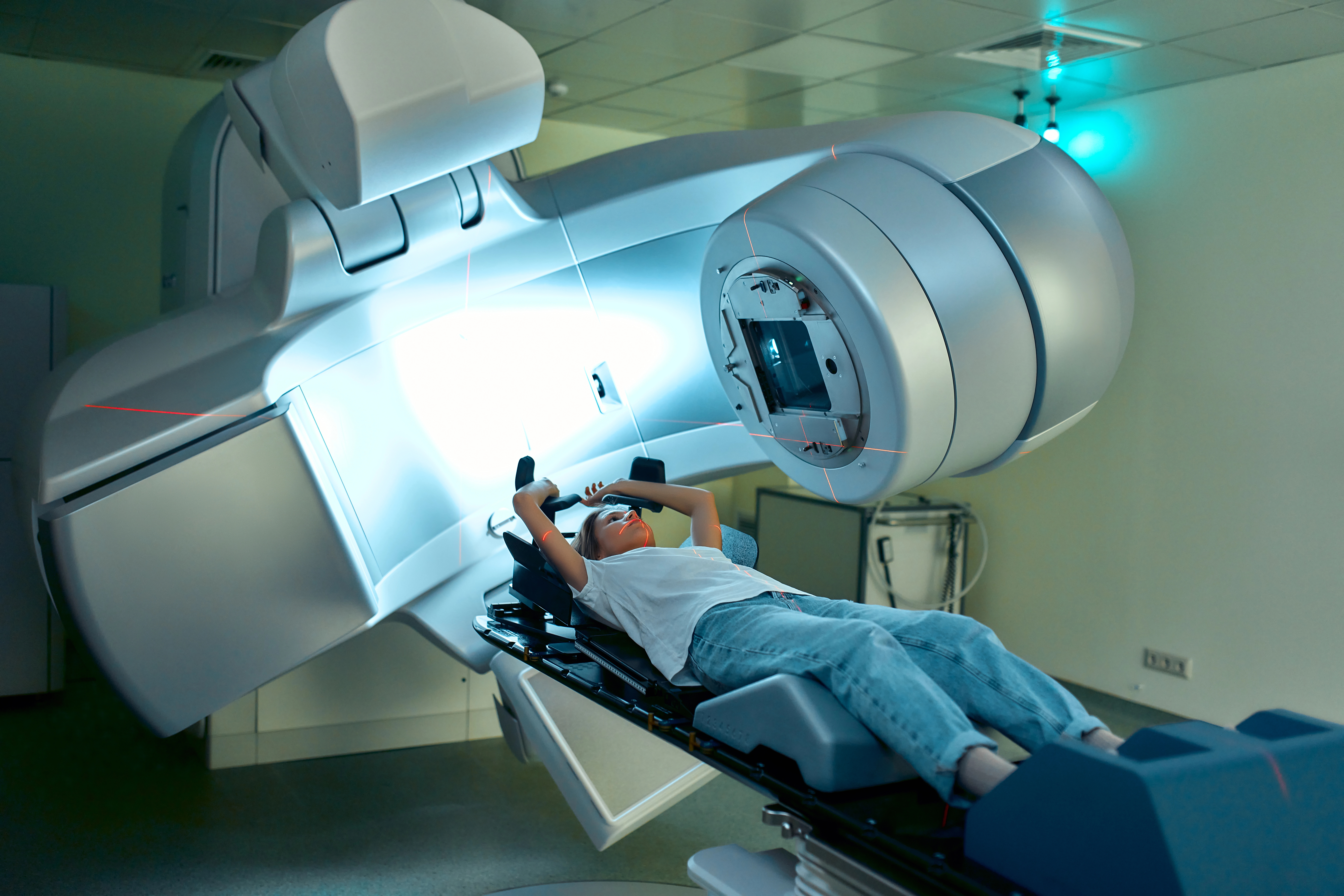Ireland’s radiotherapy services face a hardware crunch, with close to three quarters of LINACs due for replacement now or in the next five years, according to The Irish Times, citing an IROAG(Irish Radiation Oncology Advocacy Group) analysis. The group has submitted a formal proposal to Government calling for a national replacement program and warning of “substandard care” if action continues to slip.
What the audit shows, in plain numbers
Ireland has 23 LINACs in public centres: five in Cork, four in Galway and 14 across the three Dublin sites (Beaumont, St Luke’s in Rathgar and St James’s). Of these, 35%—eight machines—are more than 15 years old, with two approaching 17 years in service. A further 40%—nine machines—will require replacement within five years. Taken together, that means roughly 75% of the national stock either needs replacement now or soon.
Why does the age profile matter? LINACs have a commonly cited 10-year recommended lifespan. After that window, reliability slips and technology upgrades become difficult or impossible.
Why this isn’t an abstract problem
In July, St Luke’s Hospital in Rathgar experienced unscheduled downtime on 16 out of 24 working days due to breakdowns; on eight of those days, an entire nine-hour treatment day was lost. The practical impact is straightforward: when machines fail, radiotherapy is postponed, and gaps in curative schedules are linked to worse outcomes. IROAG spells this out in its submission to Oireachtas members and ties the argument to a basic standard of care—patients should not be treated with technology that is a decade or more behind the modern standard.
The group also notes knock-on effects: higher costs as cases are outsourced to private providers, and erosion of public trust when delays become normalised.

https://depositphotos.com
Access to modern treatment is at stake
Beyond uptime, ageing LINACs block access to contemporary techniques and trials. Many vendors work on 10-year technology cycles; older machines often can’t accept new software or hardware modules needed for advanced planning and delivery. The submission argues that without replacement, Irish patients will miss out on modern treatment planning and eligibility for radiotherapy trials that assume a current-generation platform.
A political response—on a long clock
The issue reached the Dáil this week. Social Democrats health spokesman Pádraig Rice characterised the national picture as “antiquated unreliable machines, frequent breakdowns and a large proportion of machines reaching the end of their lifespan,” and pointed to a 25% capacity cut at St Luke’s because of reliability issues.
The operational reality of swapping out LINACs
Replacing a LINAC isn’t like swapping a desktop computer. It typically involves:
- Construction and shielding upgrades. Many Irish bunkers were built around the specification of a prior generation machine; higher energies, different beam characteristics, image-guidance systems and patient positioning equipment demand updates. The Minister flagged the need for building works as part of the scope.
- Maintaining capacity during installation. Taking a LINAC offline for 22–26 weeks means the remaining machines must absorb the load without compromising fraction schedules. That requires careful phasing and, in some centres, interim outsourcing to keep waits down.
- Commissioning and QA. After physical installation, each machine goes through acceptance testing, commissioning of beam data, end-to-end checks, and clinical sign-offs. In practice, that adds weeks before first patient.
All of this argues for a tightly sequenced national plan that rotates installations so that regional capacity is protected.
The risk profile if timelines slip
There are three main risks if procurement or installations fall behind the equipment ageing curve:
- Treatment interruptions and extensions. Every unplanned gap in a curative course reduces tumour control probability; the IROAG submission connects machine failures to measurable reductions in cure due to schedule breaks.
- Technological obsolescence. Once machines drift beyond the vendor’s upgrade cycle, software and hardware support narrows. Techniques such as adaptive radiotherapy or newer motion-management tools may be off the table on older hardware.
- Cost drift. Deferred replacement often increases maintenance spend, and unplanned outsourcing introduces additional and avoidable costs, as flagged in the Dáil discussion.
What advocates want the Government to commit to
IROAG’s proposal, described as addressing a “national crisis”, seeks a national radiotherapy equipment replacement programme—not ad-hoc purchases—so upgrades are predictable, funded, and sequenced across centres. A national programme would typically include:
- A rolling 10-year replacement cycle so no machine exceeds its intended lifespan.
- Centralised procurement to secure pricing and standardise platforms where sensible.
- Capacity modelling to decide which centres go first based on machine age, failure rates and regional demand.
- Contingency capacity, whether via temporary lists at neighbouring centres or contracted slots, to preserve on-time treatment during installations.
While those detailed mechanics aren’t spelled out line-by-line in the public reporting, the Government’s response acknowledges the same elements—design, construction, procurement, installation—and the complexity of maintaining capacity while executing building works.

Read OncoDaily’s Special Article About Salaries in Radiation Oncology
